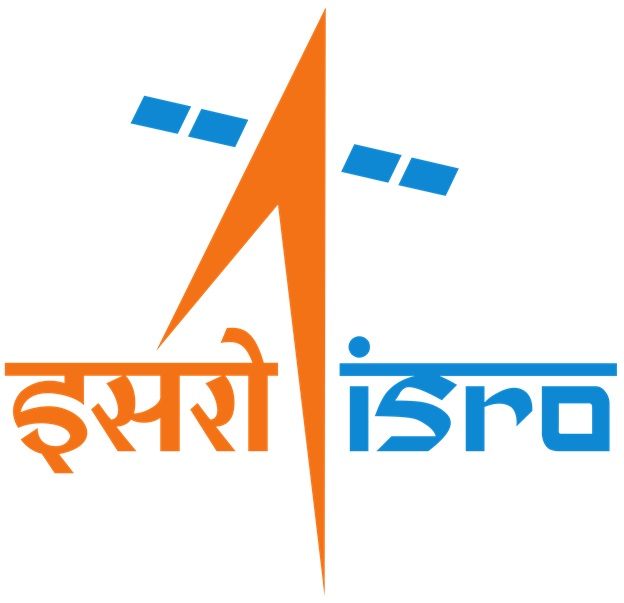Part 1 of 2 Parts
In my last couple of posts, I talked about the dangers of attacks on U.S. military satellites and how it could hamper our ability to detected missiles launches from enemies. While I was working on these posts, there were news stories about India’s experiment with an antisatellite missile that they used to shoot down one of their own satellites.
The Indian space program is not as big, sophisticated or as well funded as the space programs of some of the big industrial nations such as the U.S., Russia, China, and the European union. Nonetheless, they have done quite well with their limited resources and have been launching their own rockets and satellites for years now.
On March 27 of this year, India reported that it had carried out an antisatellite (ASAT) missile test that they called “Mission Shakti”. (Shakti is a Hindu goddess.) With this successful test, India becomes the fourth nation to demonstrate the capability to use a missile to destroy an orbiting satellite. There was concern among space faring nations that, as a result of the test, over four hundred new pieces of space debris were generated and that some of this debris might threaten the International Space Station.
The type of attack utilized by India to destroy one of its own satellites is called a “kinetic kill” or “hit to kill” attack. The Indian ASAT missile did not have any explosives aboard. The orbiting satellite was destroyed when the ASAT missile crashed into it. This is only one of several ways that an ASAT missile can destroy a satellite in orbit. China used this same technique when it carried out a successful ASAT missile test in 2007, destroying one of their old weather satellites.
Replying to complaints about the space debris generated by their test, India argued that it had conducted the test in the lower atmosphere where the debris would pose less risk because it would burn up. Critics of the test say that India did not properly account for the creation of pieces of debris that were smaller than two inches in diameter and less likely to burn up. Space debris can collide with other space debris and break up to form more even pieces. Space debris can travel at up to six miles per second in the lower atmosphere and even a very small piece could cause problems for operational satellites.
There are almost two thousand operational satellites in orbit around the Earth today. They provide a variety of services to the world including aid to navigation, global communication, weather forecasting, resource tracking, climate change analysis, disaster relief and many others. While these peaceful uses of Earth orbit are of great benefit, satellites can also be used for military purposes such as employing the global civilian GPS systems for targeting missiles. Satellites launched for strictly military purposes include command, control and communications for military operations as well as early warning systems for enemy missile launches. The military uses of satellites make them prime targets in case of a conflict breaks out between space-faring nations.
Please read Part 2
